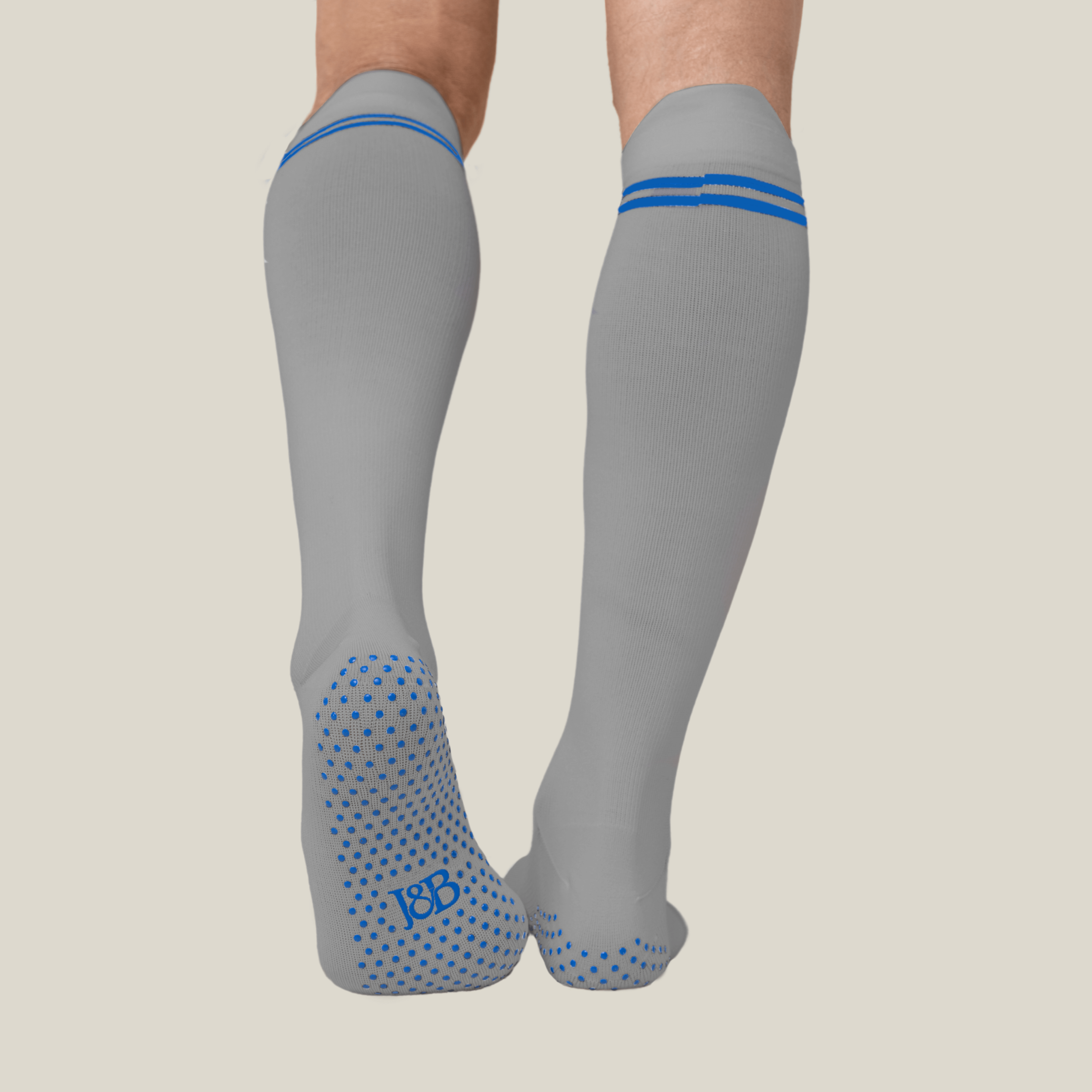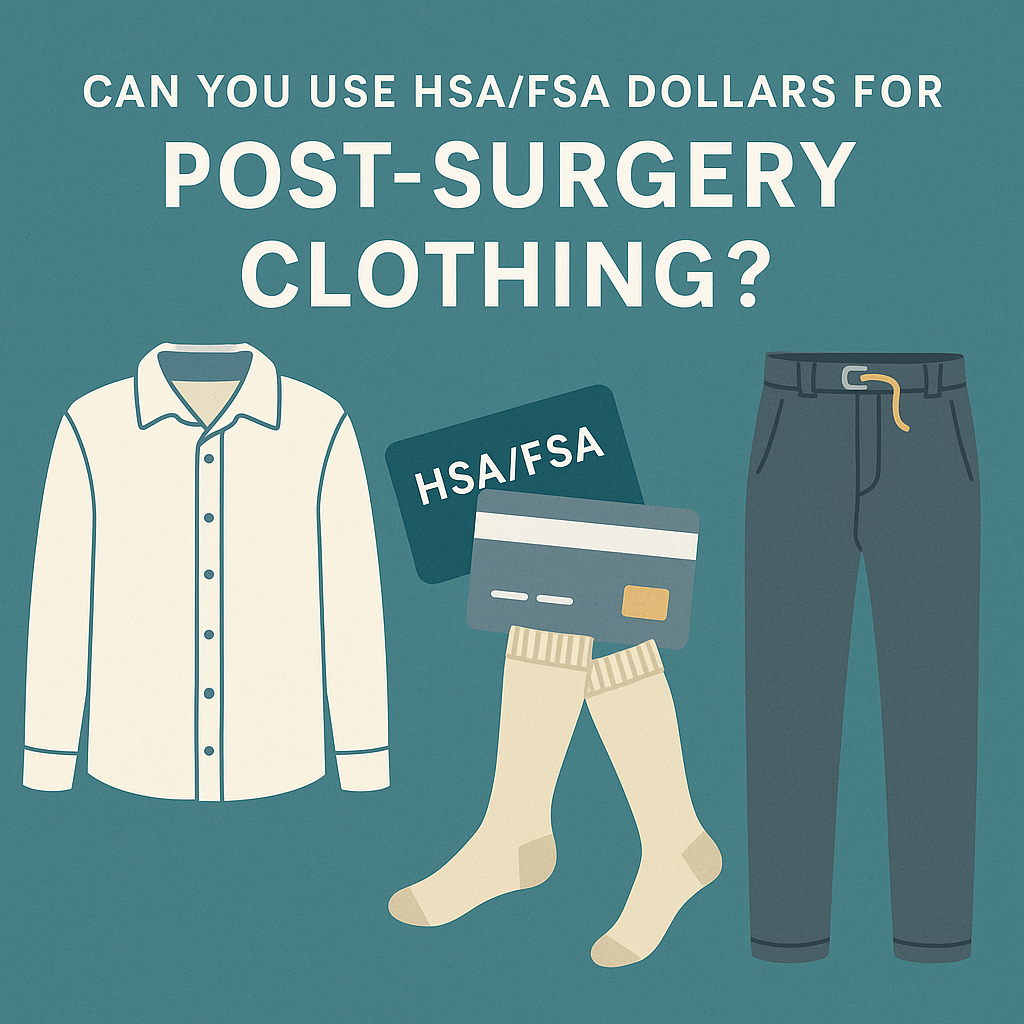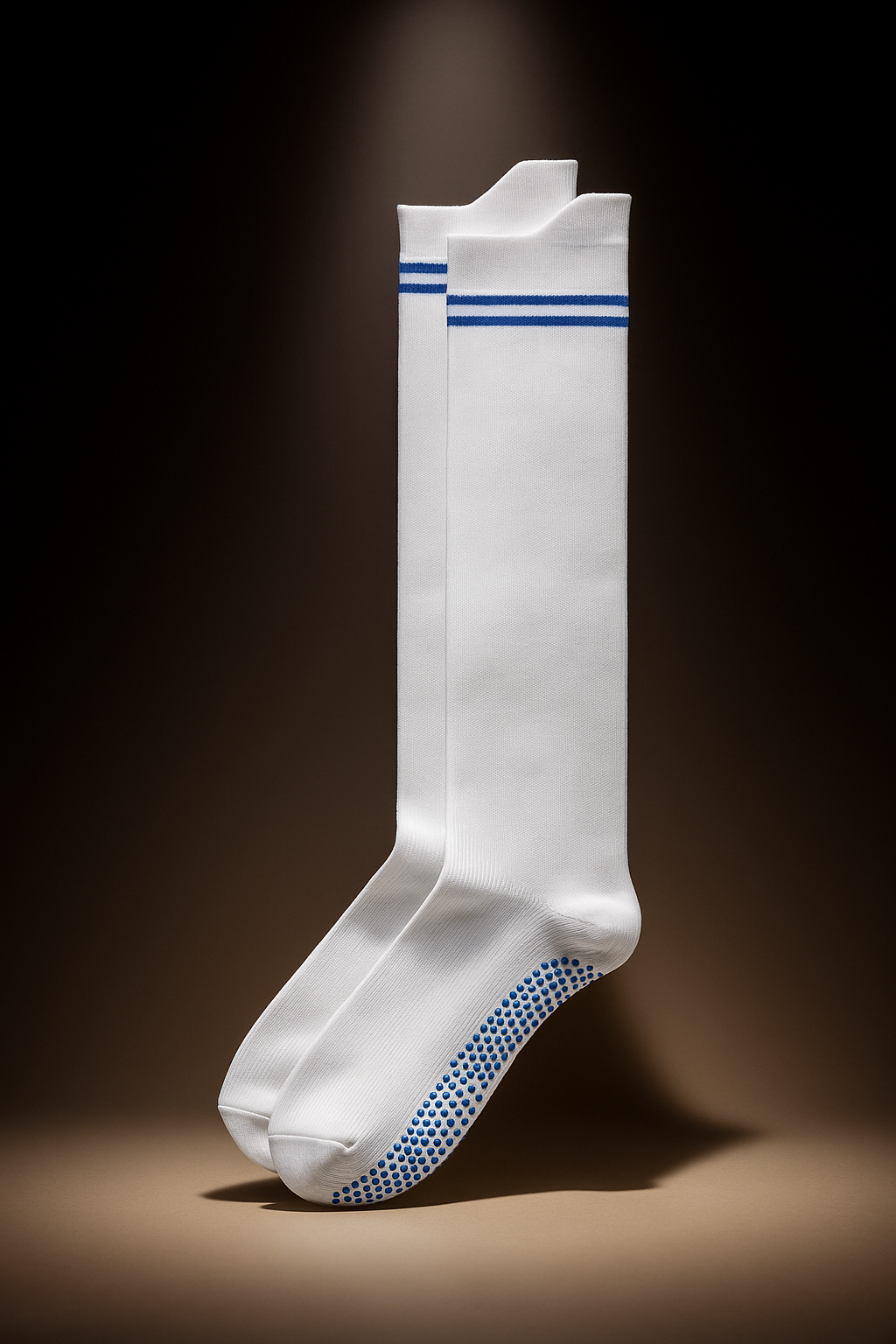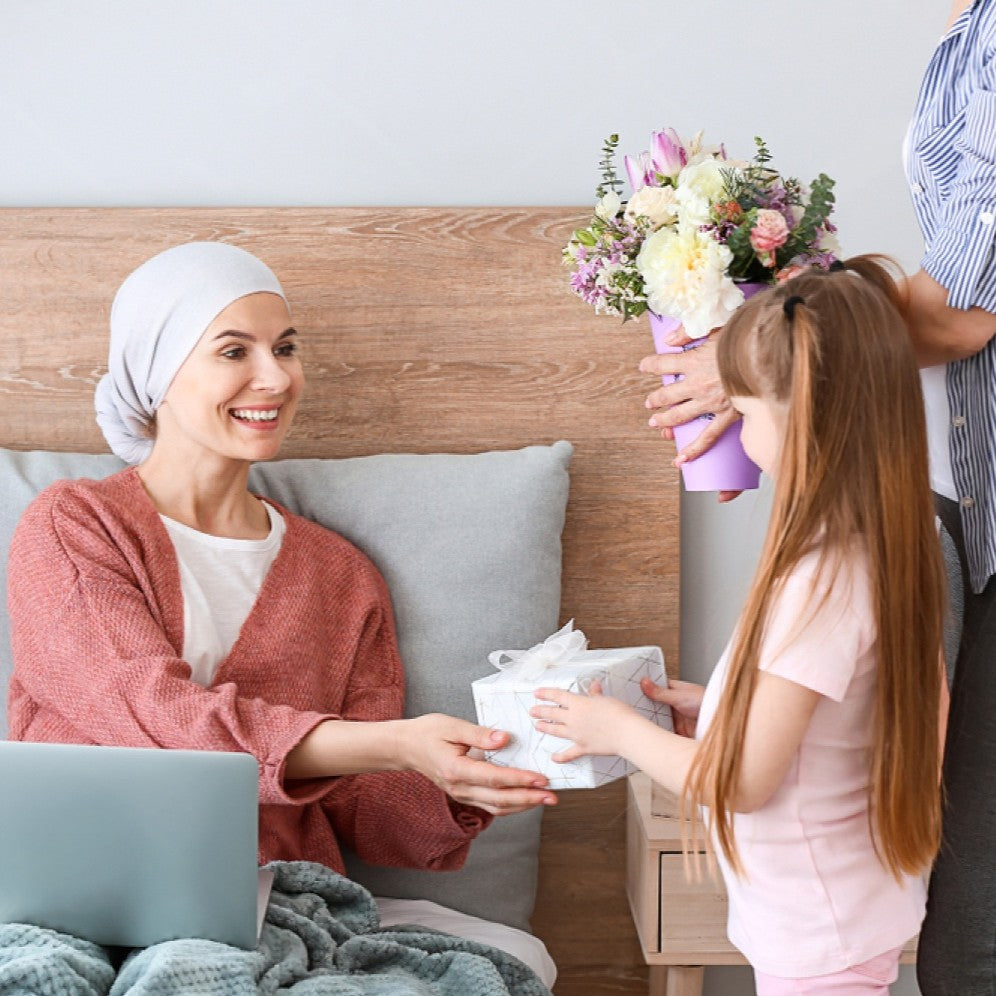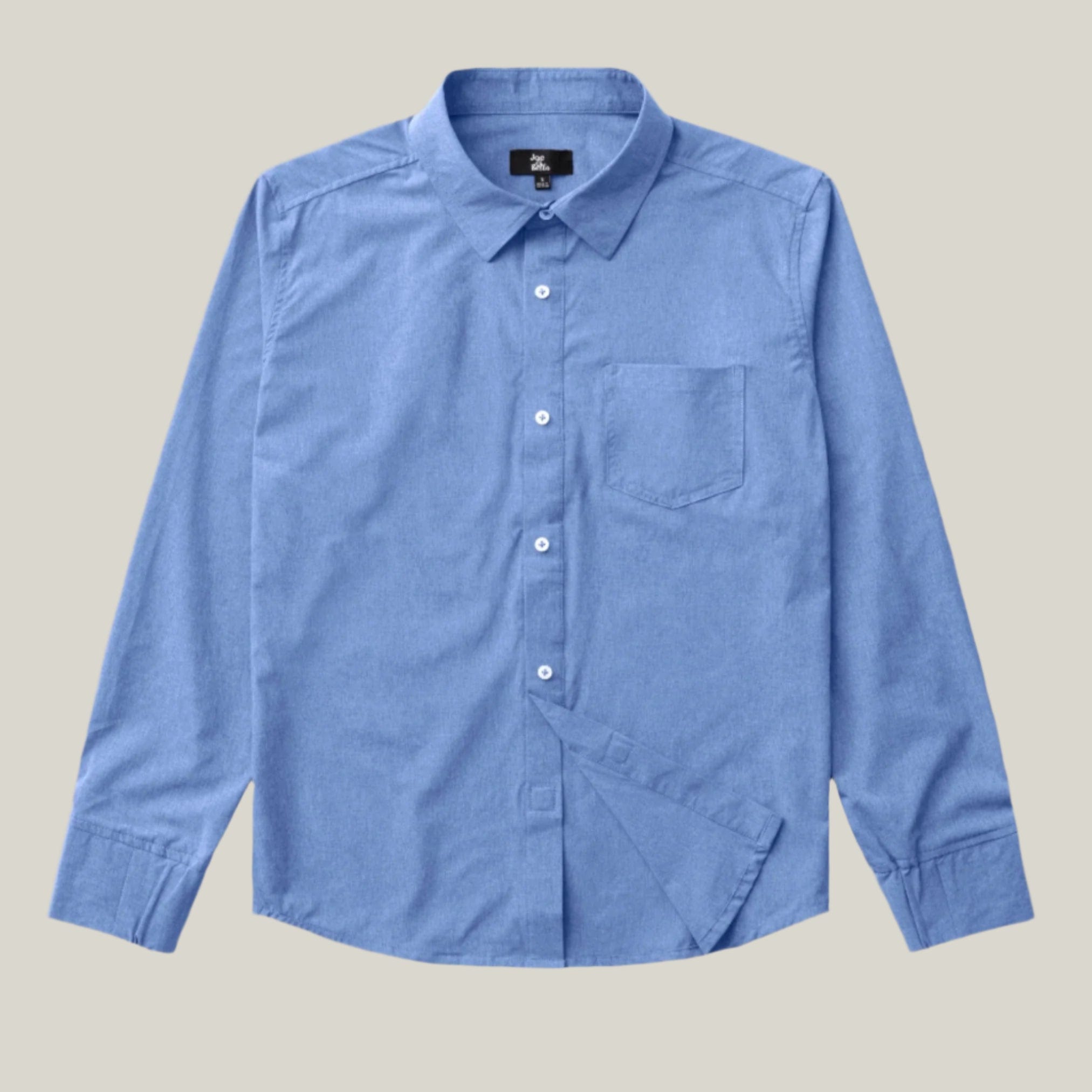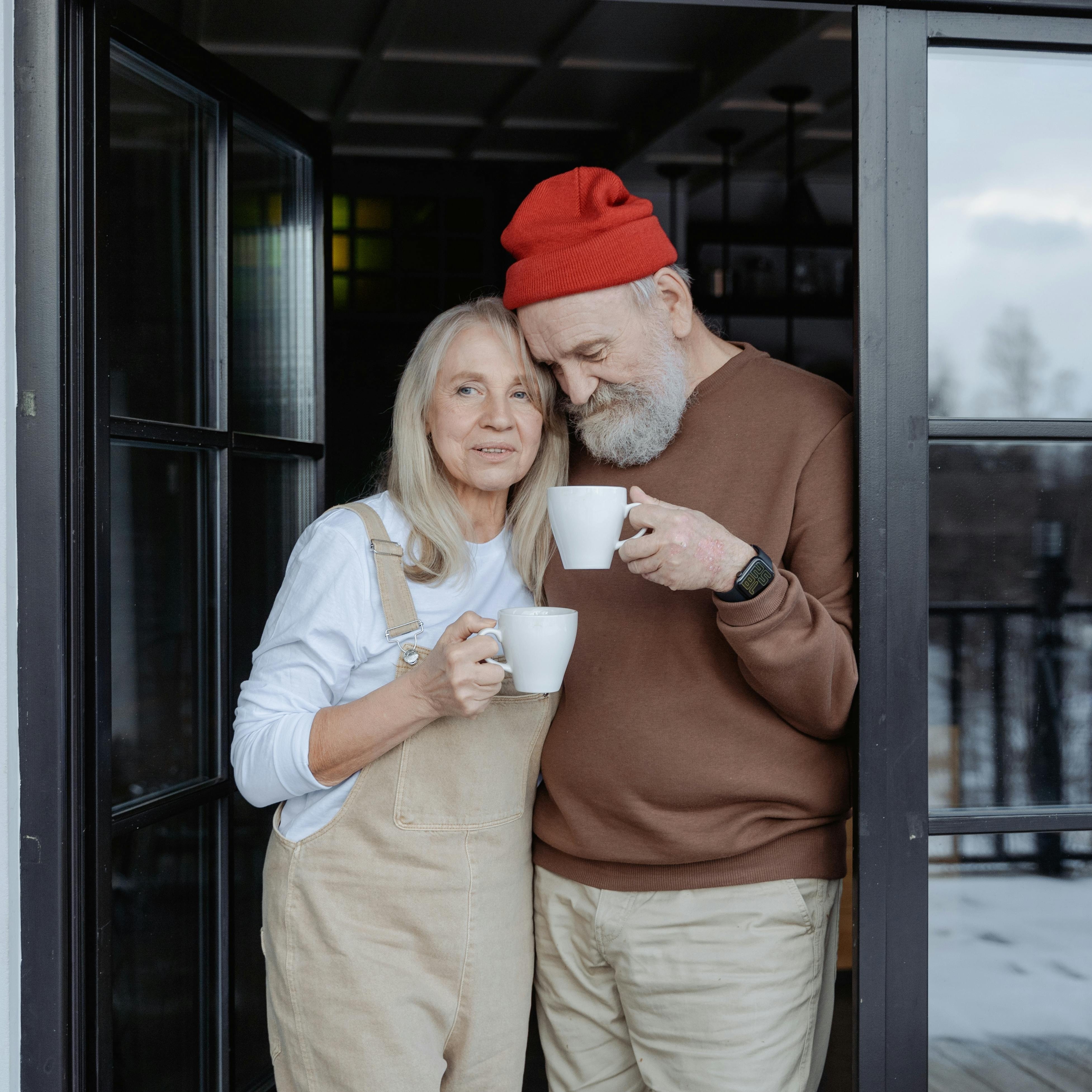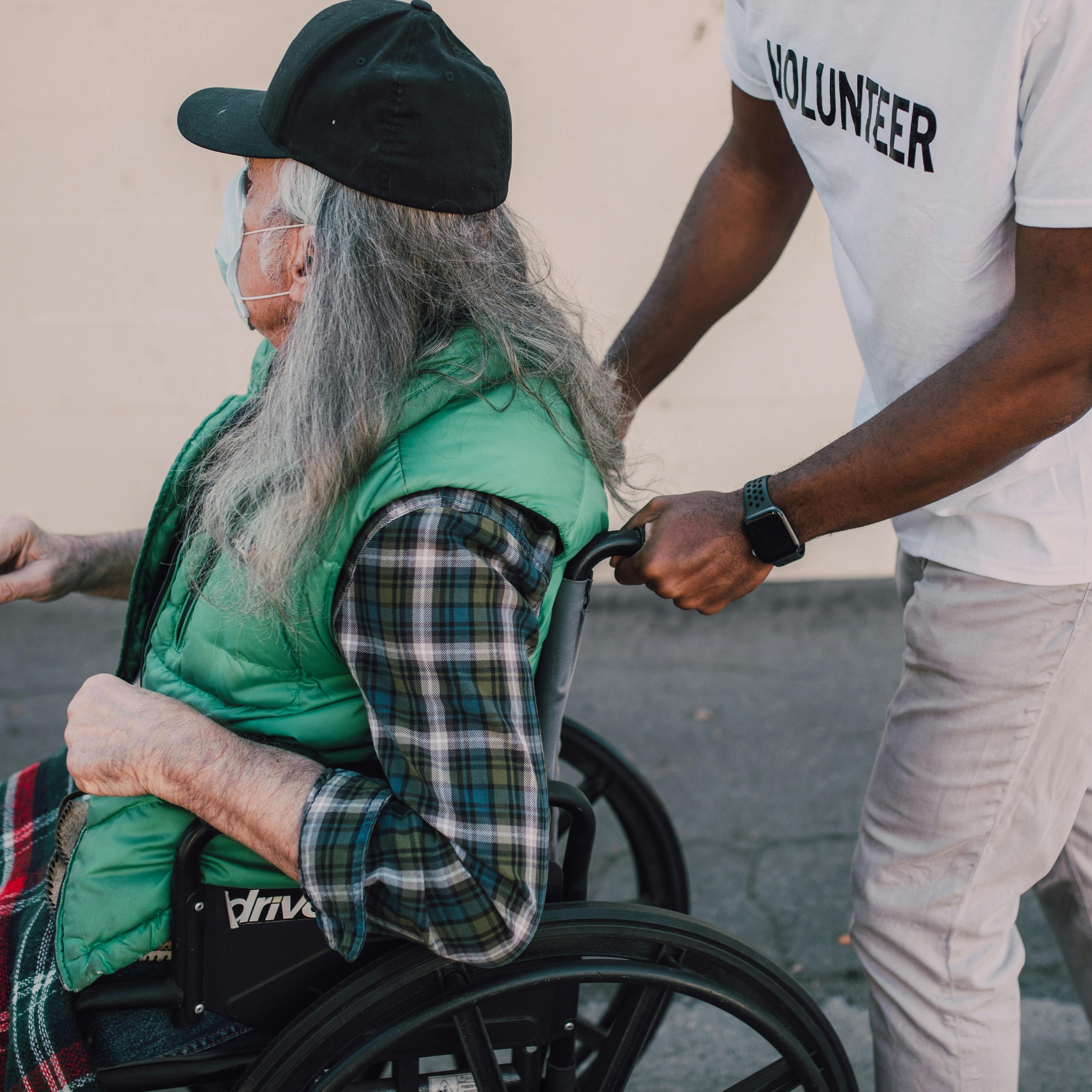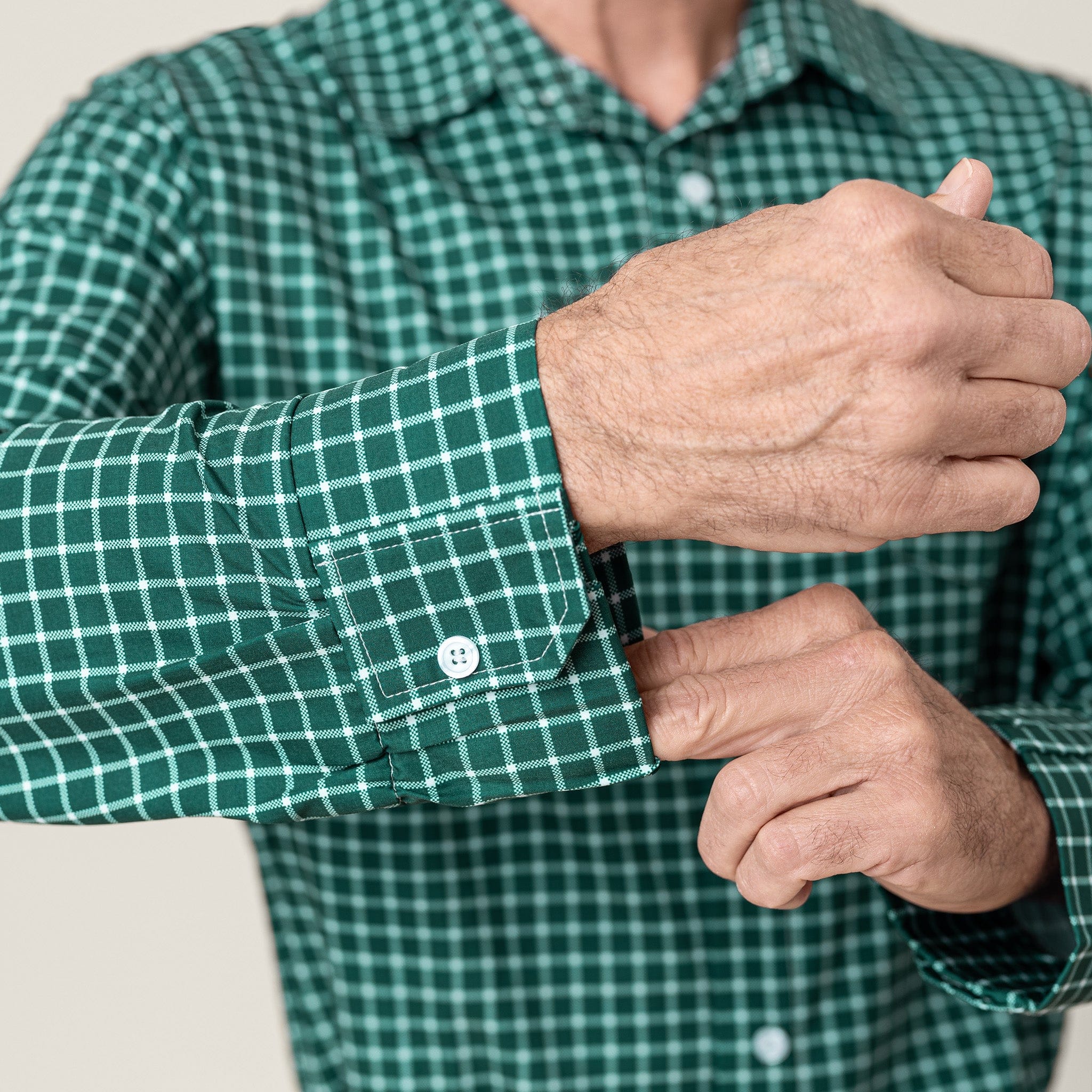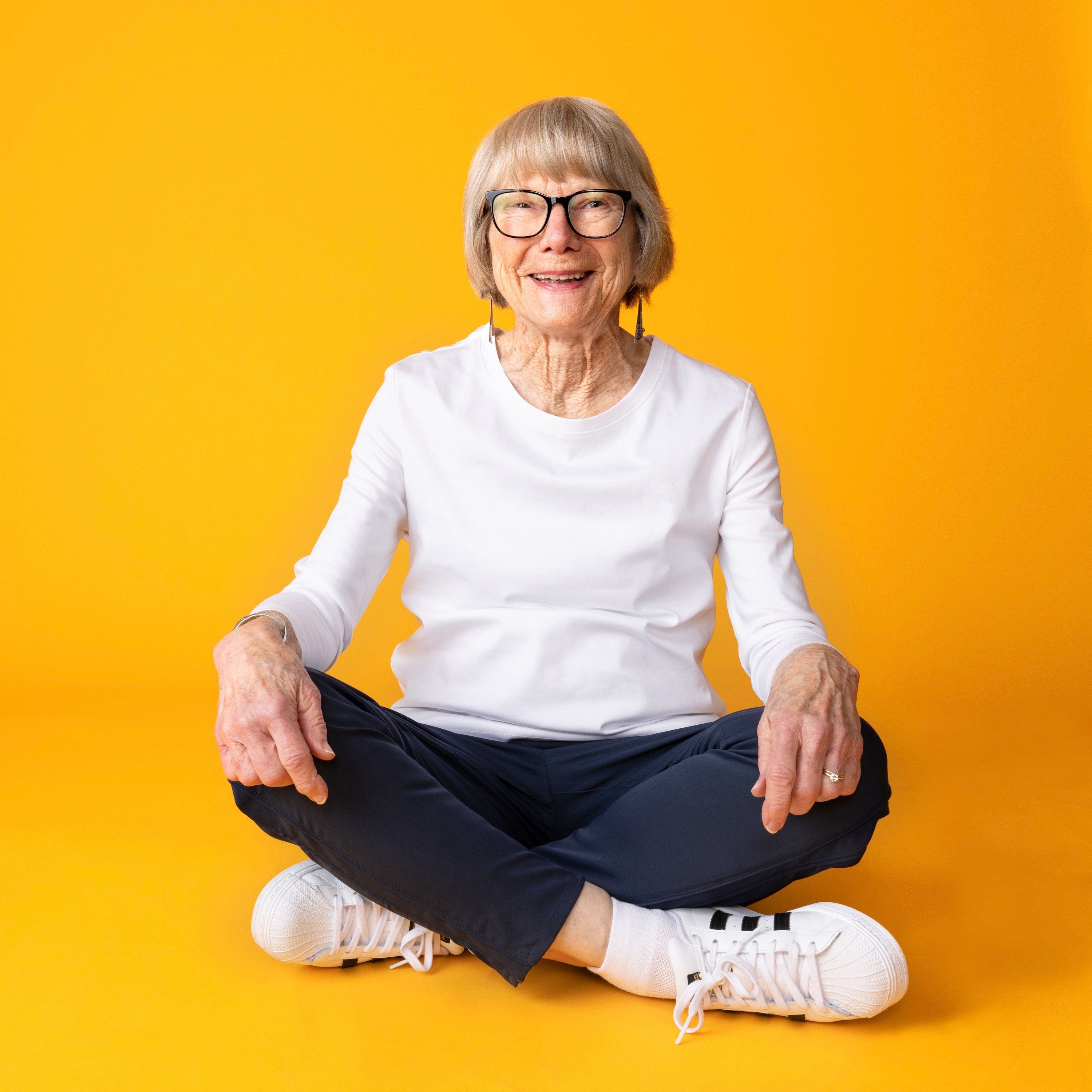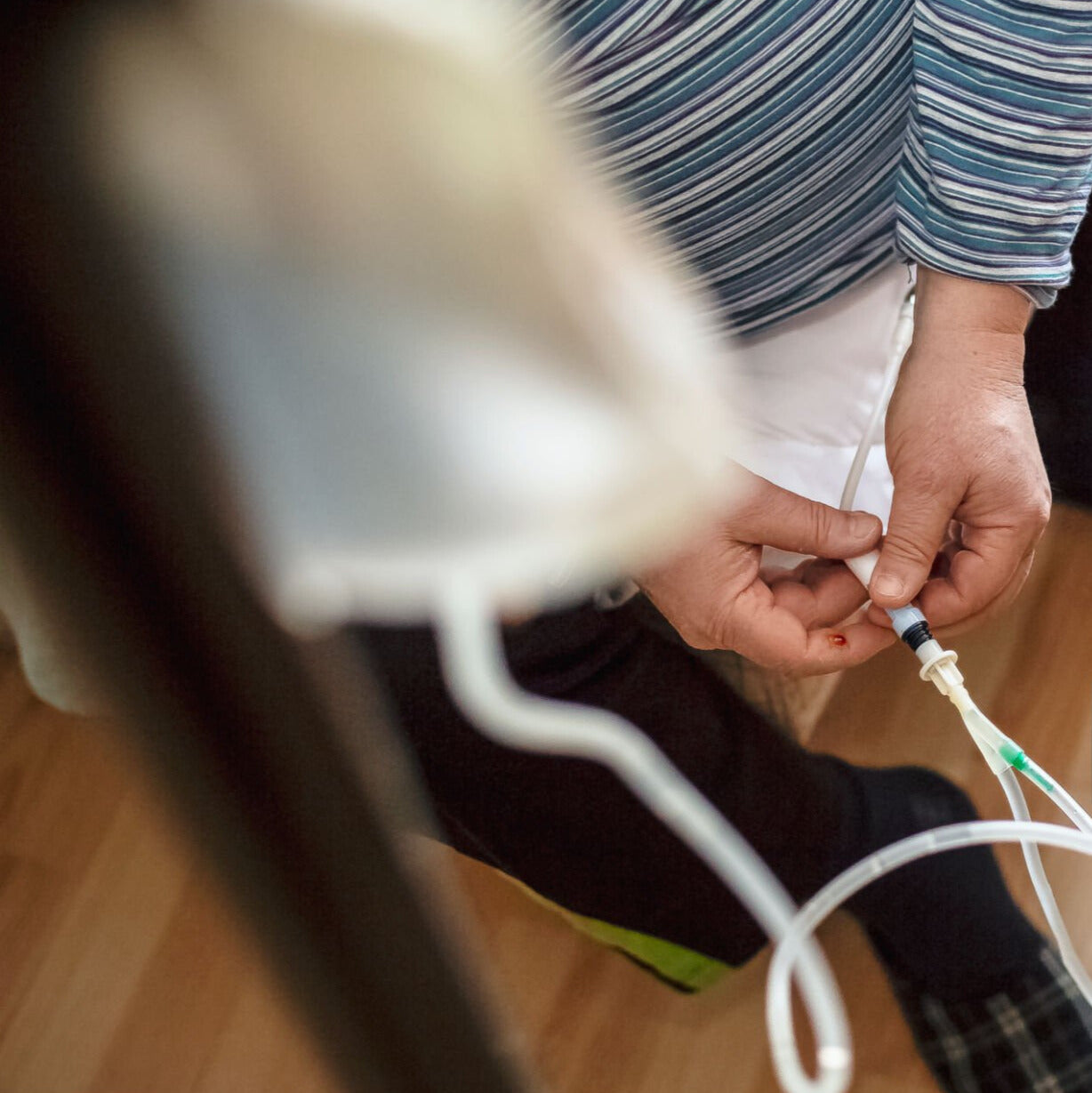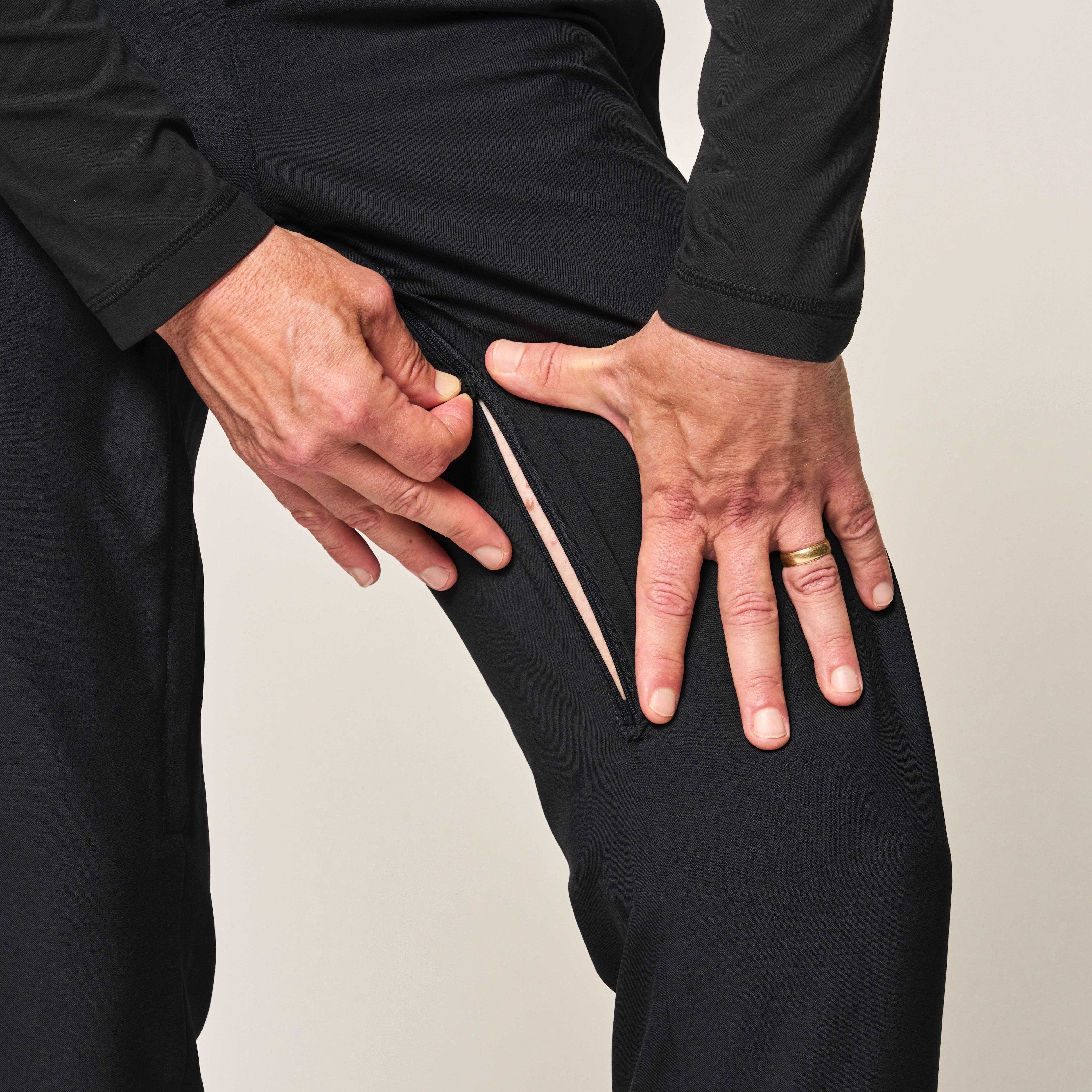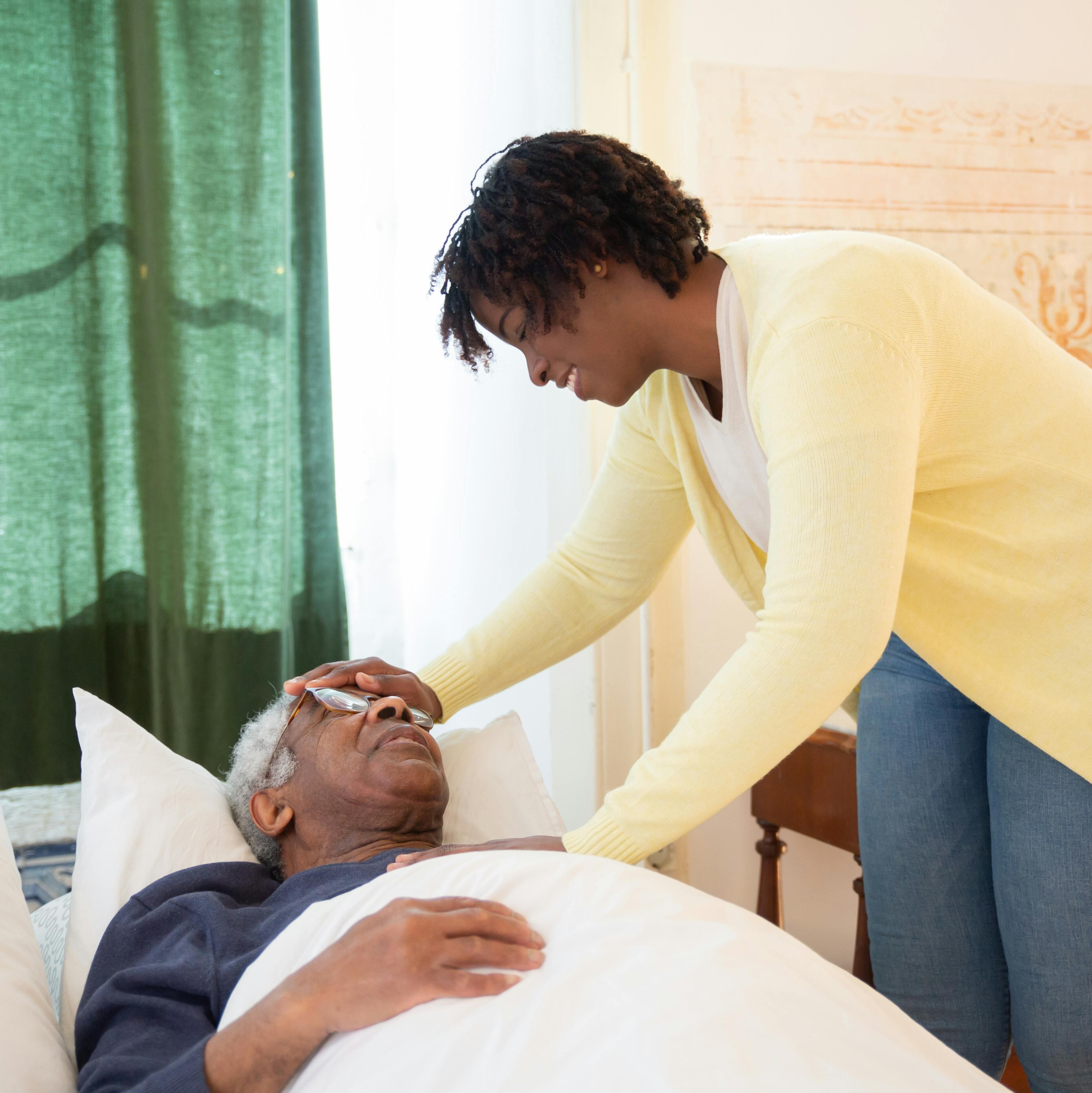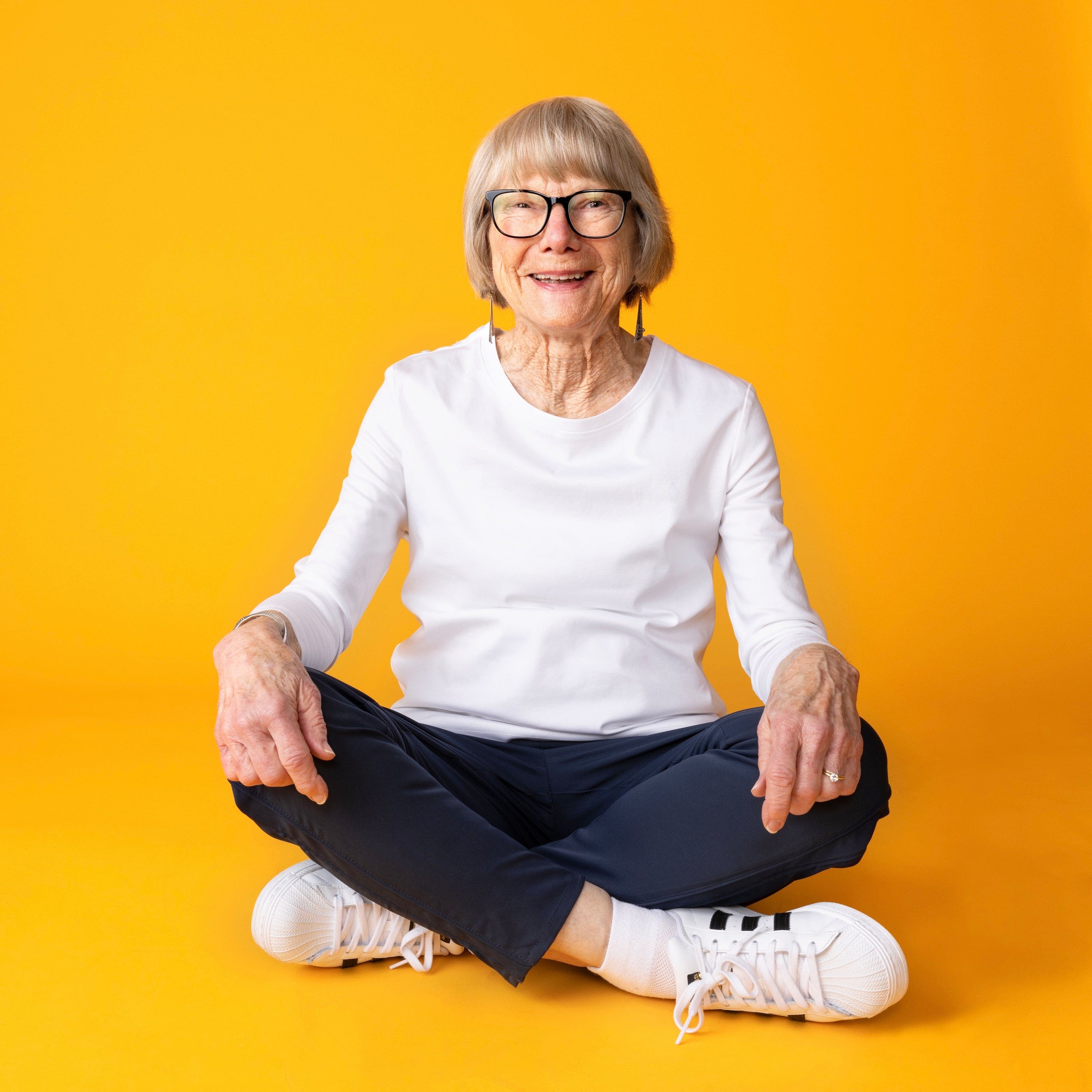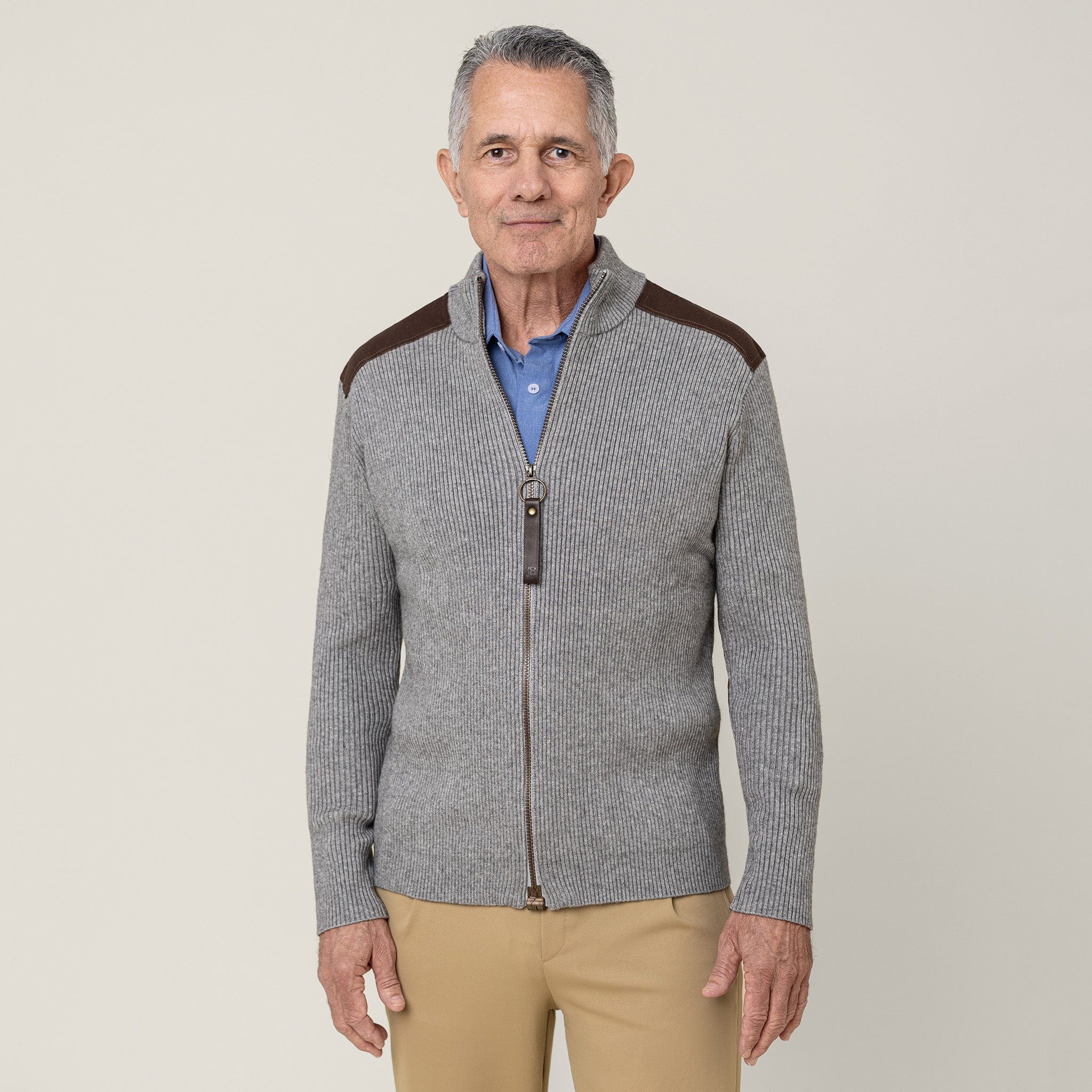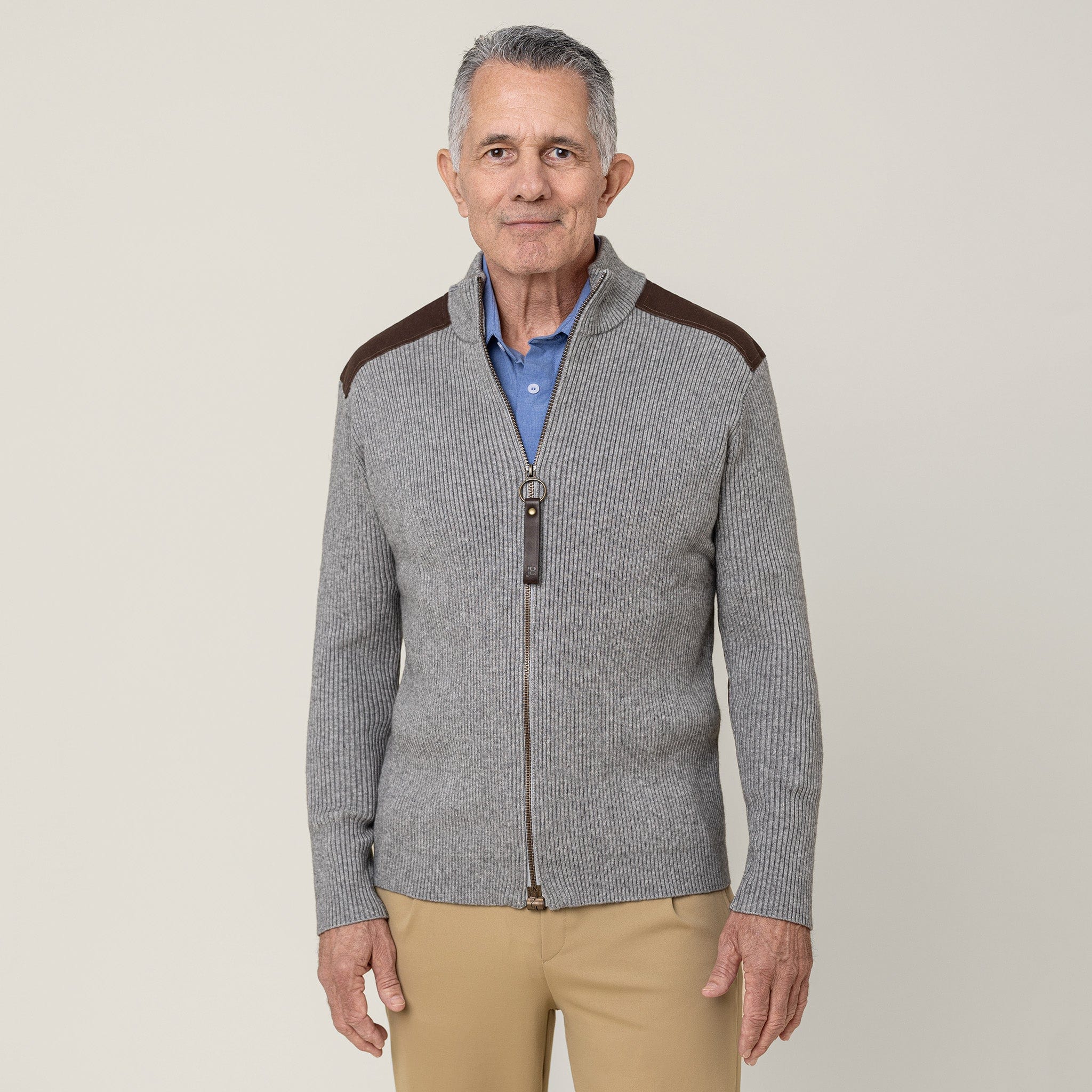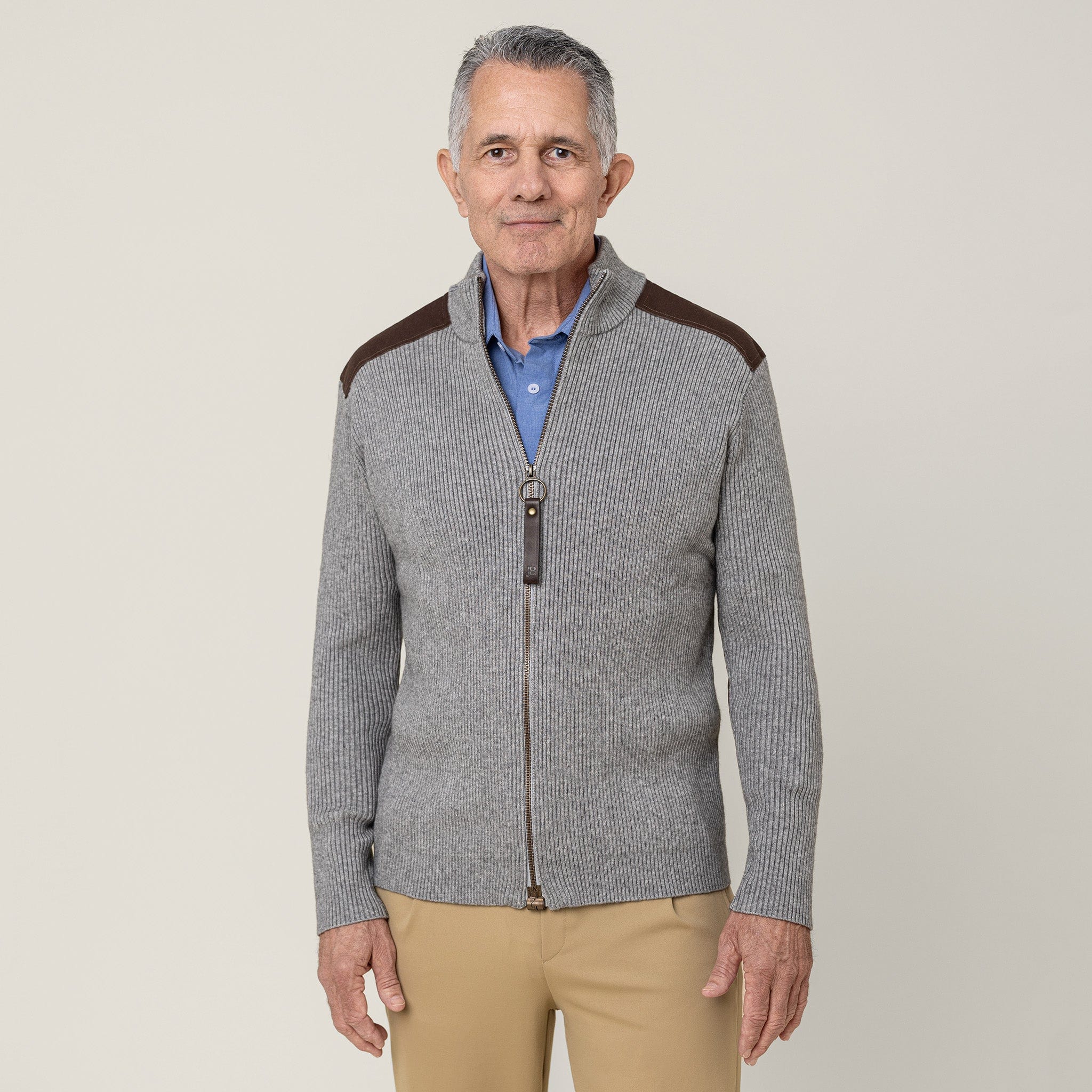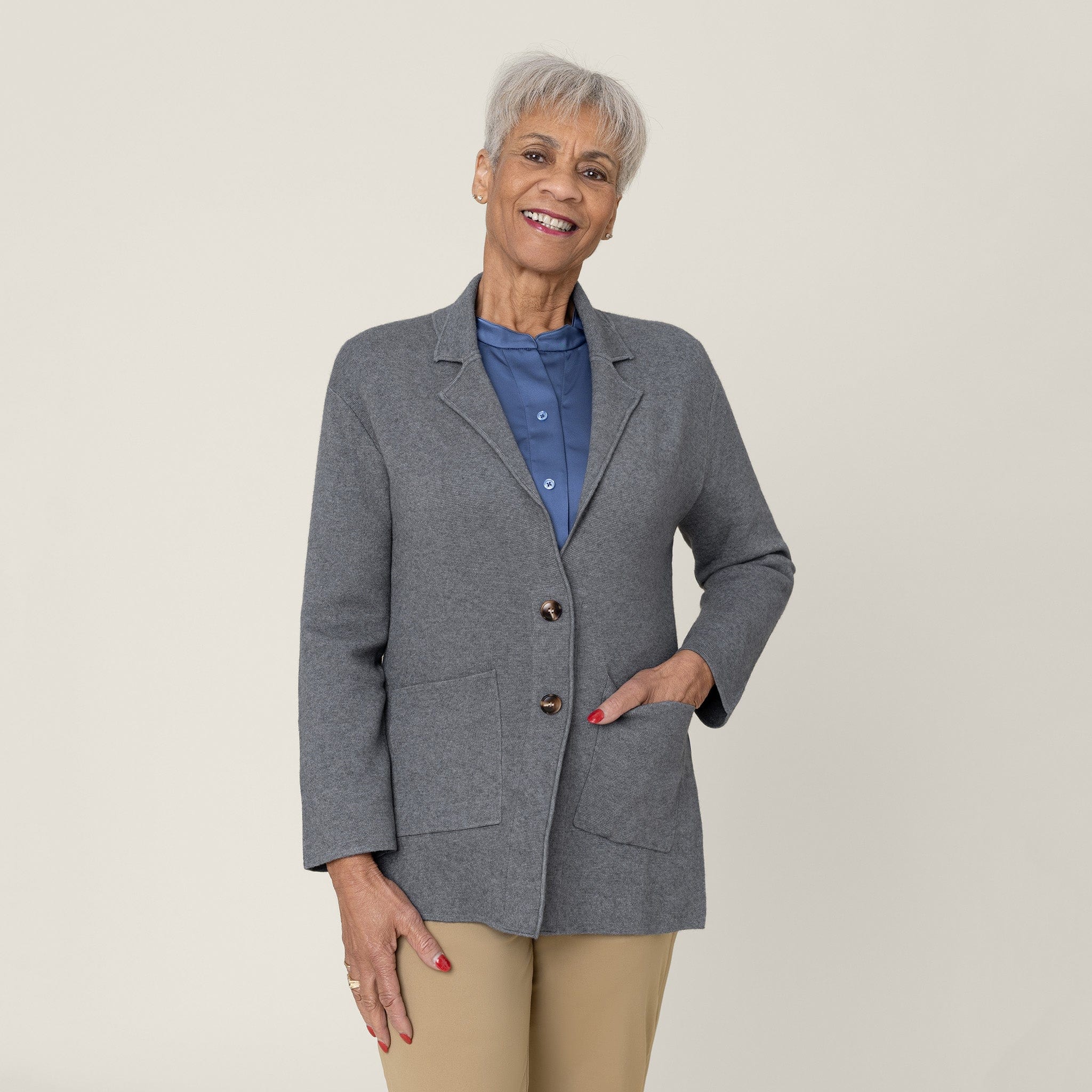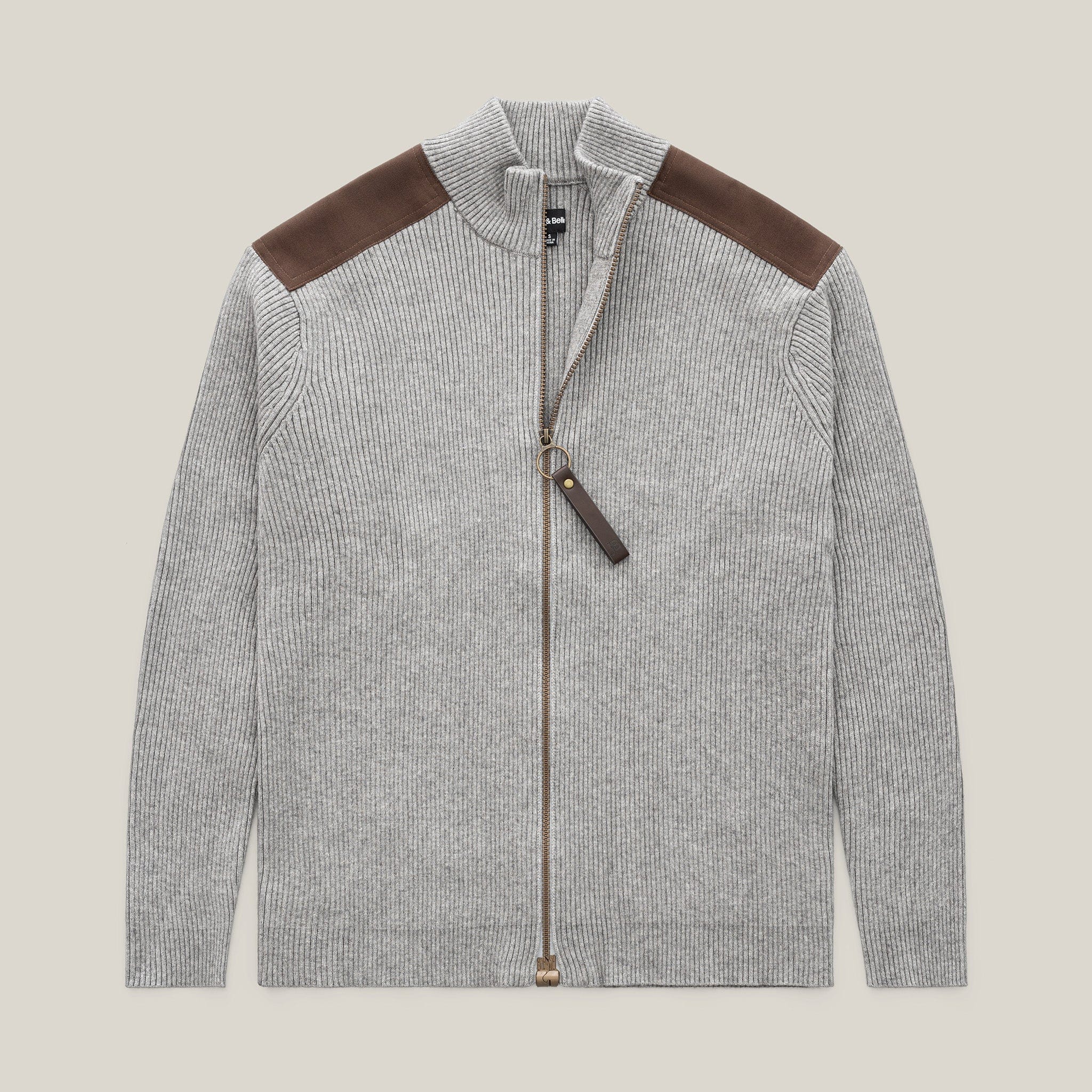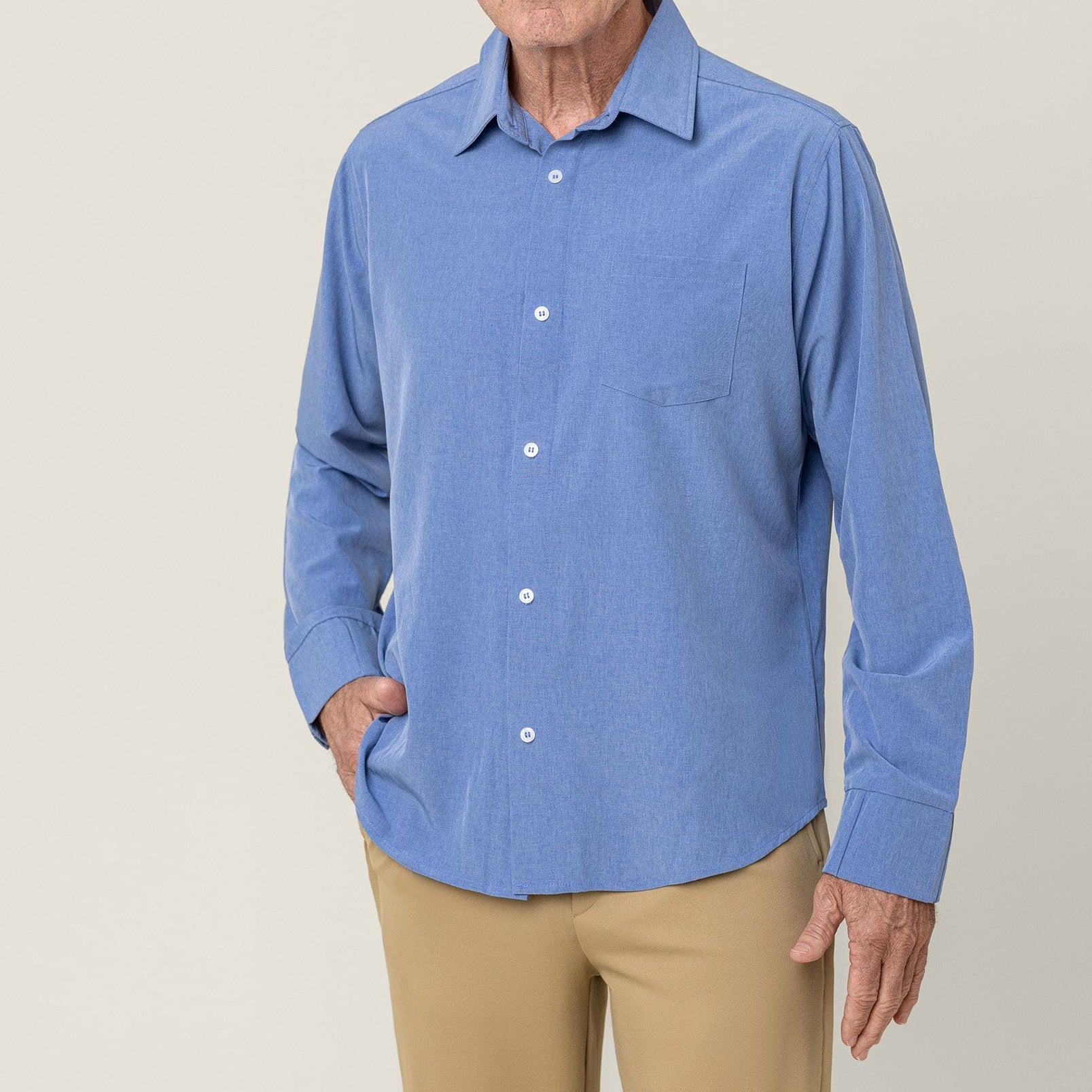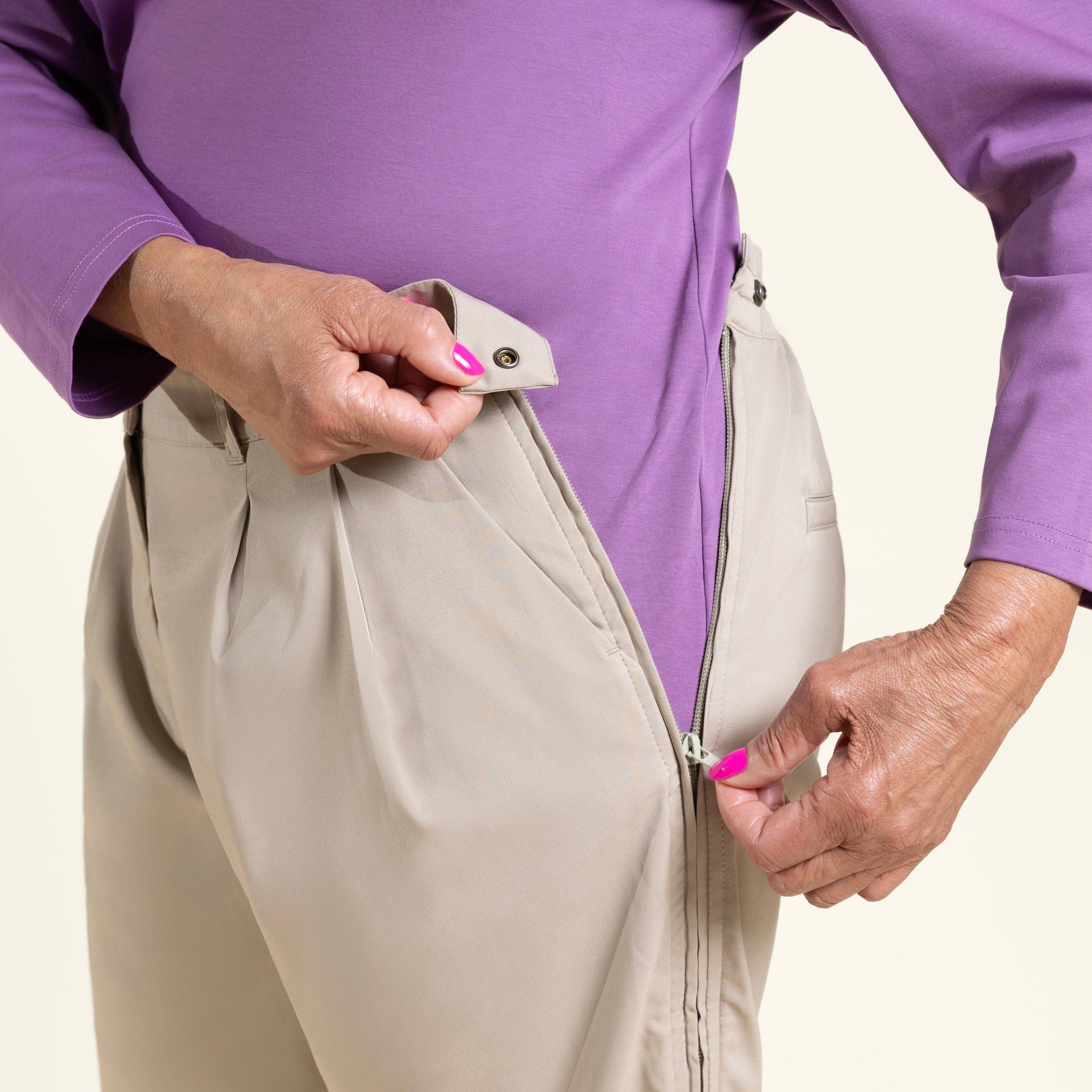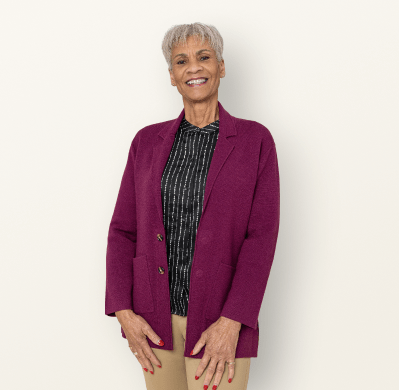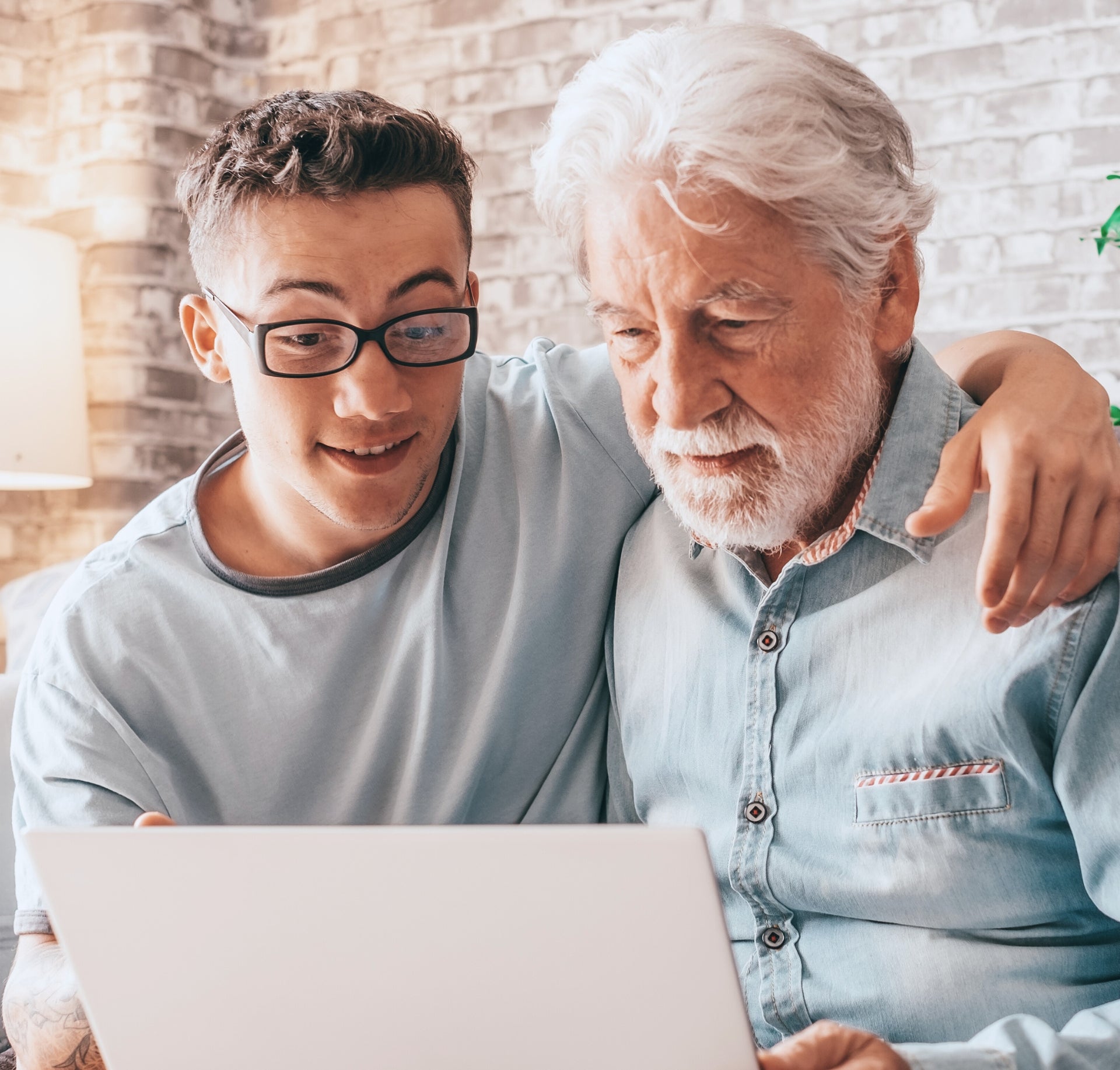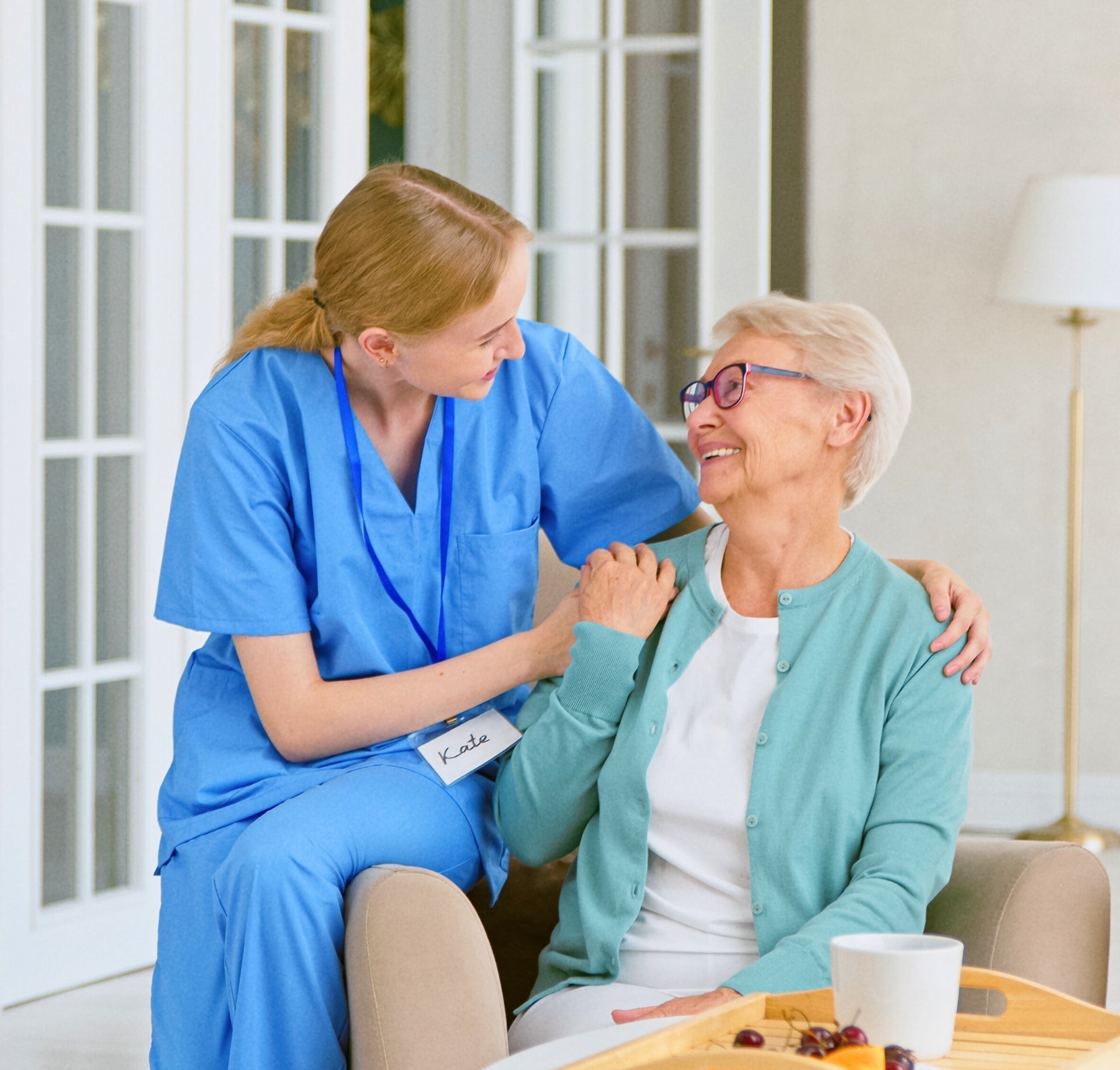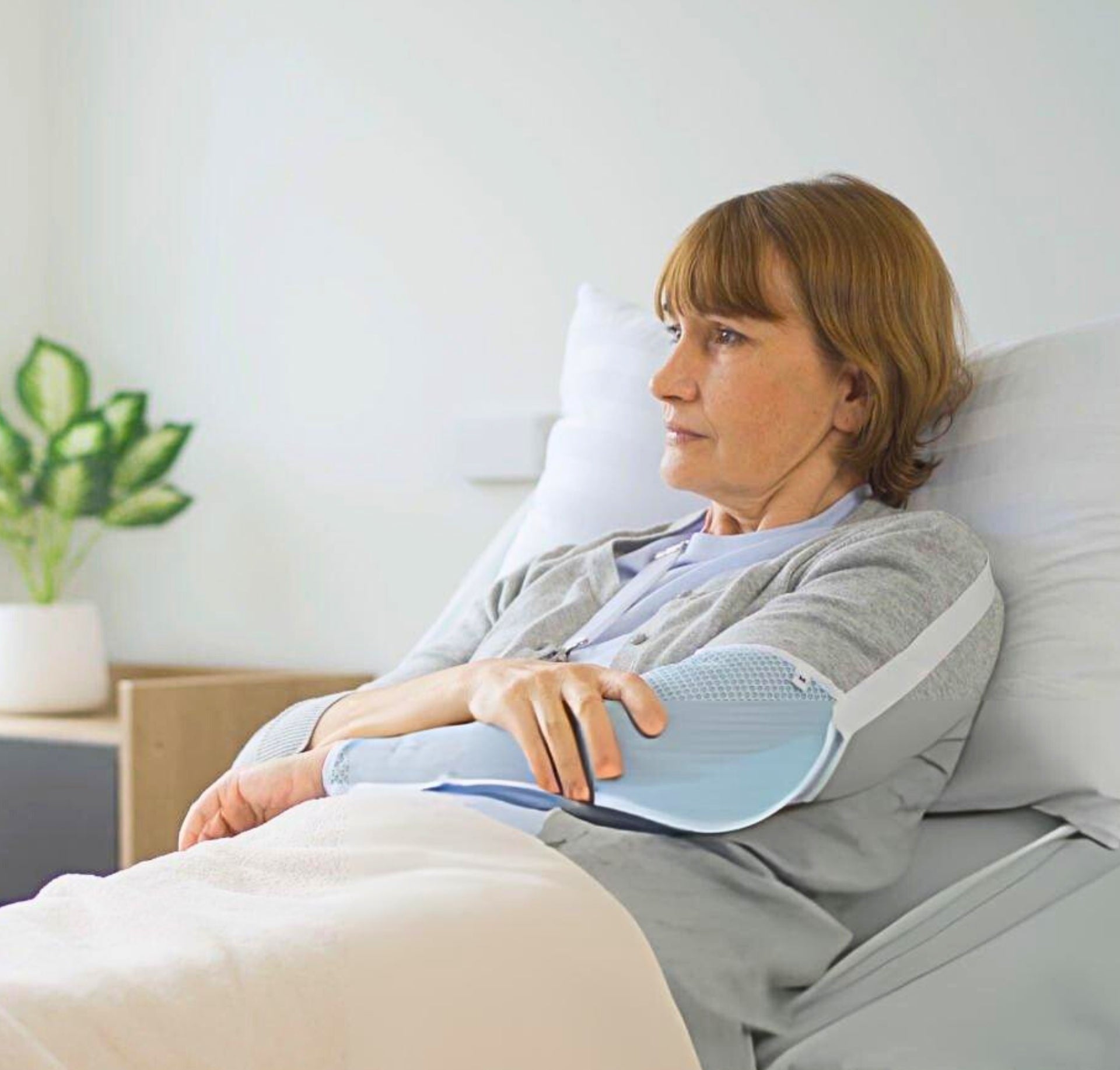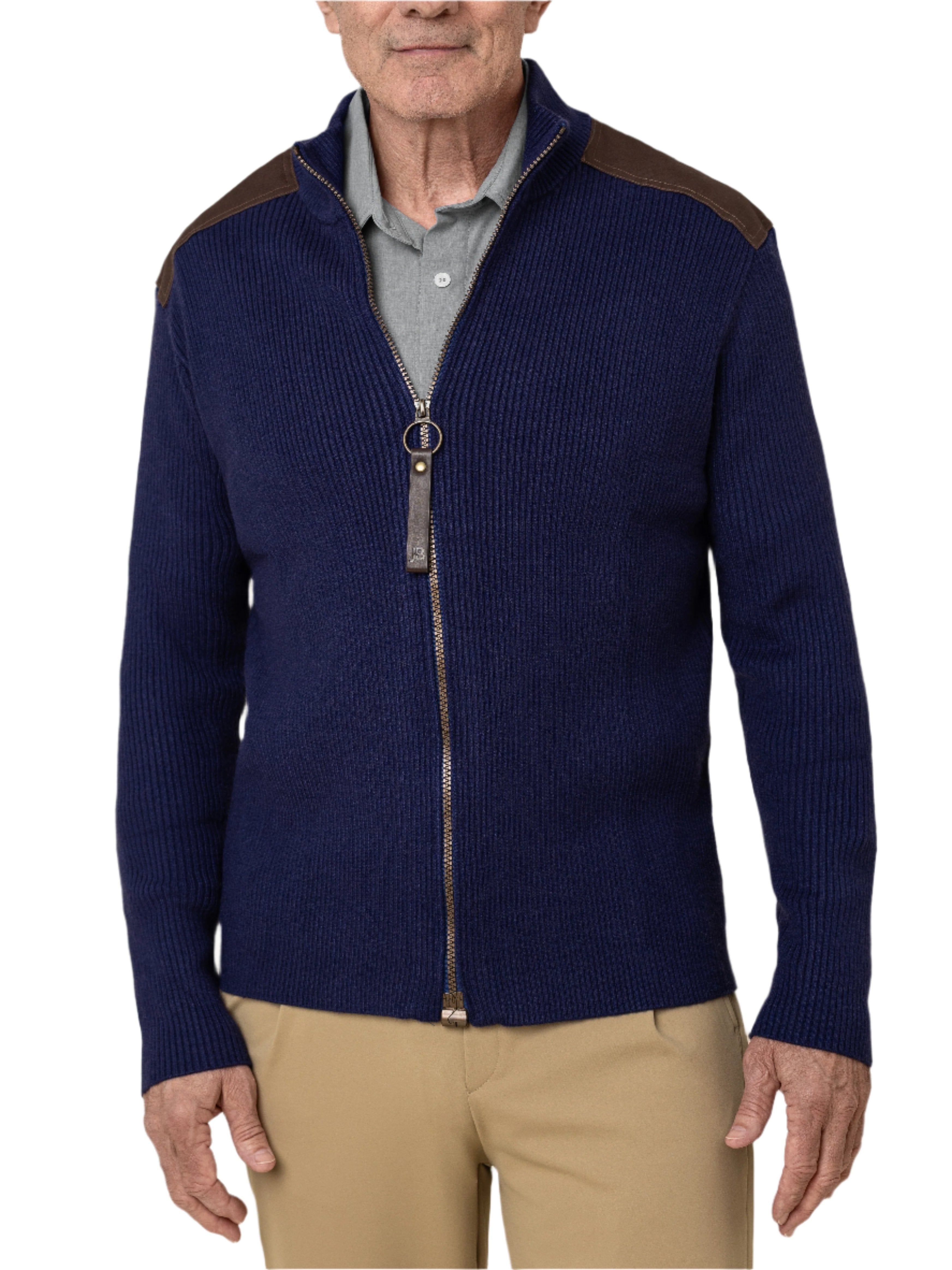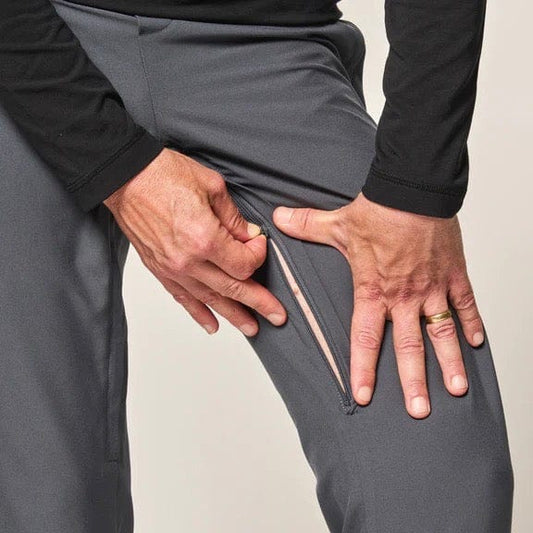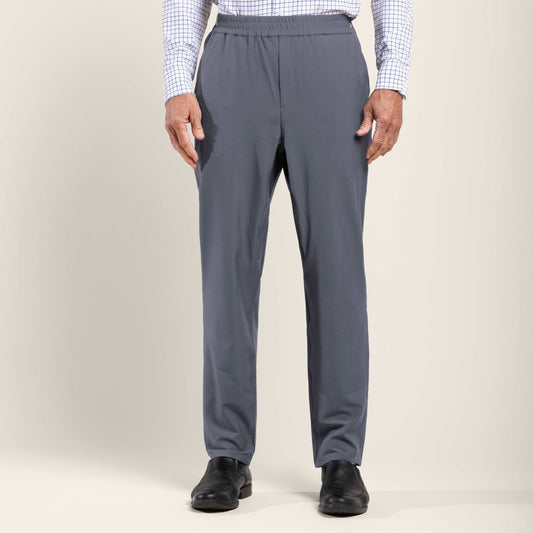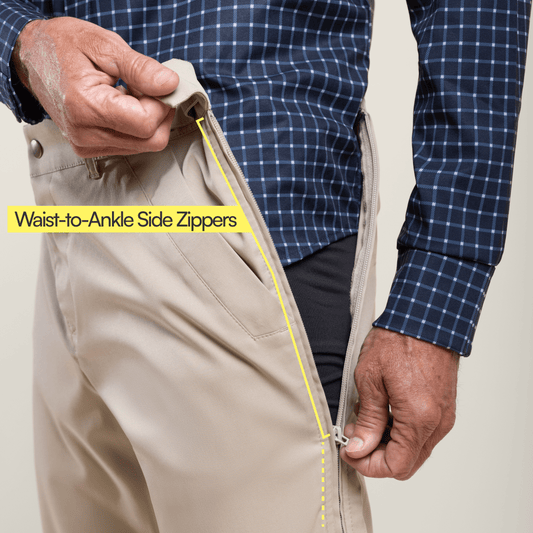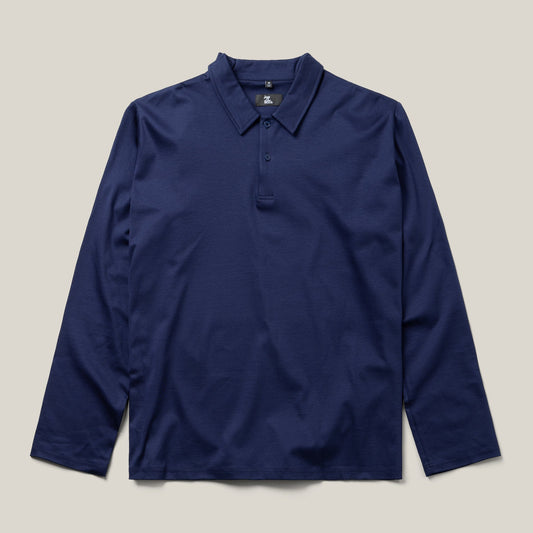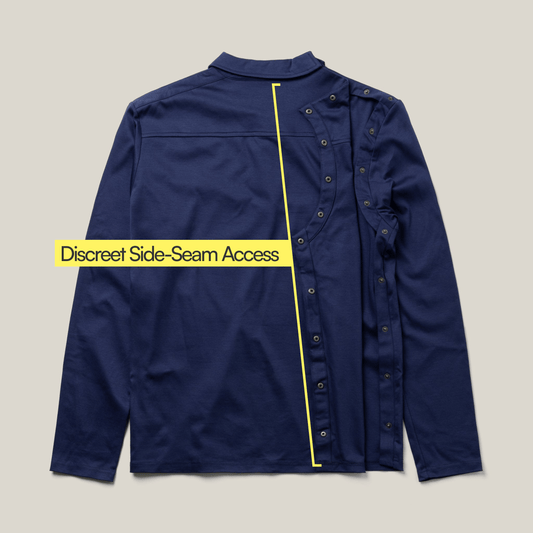Chemotherapy is a physically and emotionally demanding process, and one of the most important considerations for patients is comfort. During treatment, which can last several hours, it’s essential to wear clothing that is not only comfortable but also practical for the medical staff to access treatment areas.
The right clothing can help ease some of the discomfort associated with chemotherapy, allowing patients to focus more on their well-being. Understanding what to wear to chemotherapy sessions can make a significant difference in how patients feel during and after their treatment.
Best Clothes For Chemo Patients
When considering the best clothes for chemo patients, it’s important to prioritize comfort, warmth, and accessibility. The clothes should be easy to put on and take off, particularly if the patient experiences fatigue or limited mobility. Adaptive clothing, designed specifically with medical treatments in mind, is an excellent option.
These garments often feature soft fabrics, easy closures, and openings that allow medical staff to access treatment sites without requiring the patient to undress fully. Here are some essential clothing items that can make chemotherapy sessions more comfortable:
1. Adaptive Tops
Adaptive tops are ideal for chemo patients, as they often feature front or side openings that provide easy access to the chest and arms, where IVs or ports are typically placed.
These tops are made from soft, breathable materials that minimize skin irritation, ensuring comfort throughout the treatment session. Whether it's a long-sleeve top for extra warmth or a short-sleeve option for easier port access, adaptive tops are a practical choice for those wondering what to wear during chemo.
2. Adaptive Pants
Comfortable, easy-to-wear pants are a must for chemotherapy sessions. Adaptive pants for men and adaptive pants for women are designed with features like elastic waistbands, side zippers, or Velcro closures, making them easy to put on and take off.
These pants are particularly beneficial for patients who may experience swelling or have difficulty with traditional fastenings. Easy access to the legs is also essential, especially if the patient is receiving treatment through a PICC line or other leg-based access points. Choosing adaptive pants is a wise decision when considering what to wear to chemo treatment.
3. Adaptive Footwear & Socks
During chemotherapy sessions, it’s common for patients to feel cold, particularly in the extremities. Adaptive footwear and socks can help keep the feet warm and comfortable. Look for socks with grips to prevent slipping, especially if the patient needs to walk to the restroom or move around during the session.
Soft, non-binding socks are also ideal for preventing circulation issues. Ask your doctor if you would benefit from wearing compression socks, which also help promote circulation. For footwear, consider easy-to-wear options like slip-on shoes or adaptive slippers that provide warmth and support without the need for laces or complicated fastenings.
Compression clothing helps ease anxiety while remaining functional.
4. Warm Blankets
While not a clothing item, a warm blanket is, for some, an essential accessory for anyone undergoing chemotherapy. Many treatment centers provide blankets, but bringing a personal one can add a layer of comfort and familiarity. Choose a soft, lightweight blanket that’s easy to carry and provides enough warmth without being too heavy. Some patients prefer electric blankets that can provide adjustable warmth during long sessions.
5. Adaptive Gowns & Undergarments
Adaptive gowns and undergarments offer an additional layer of comfort and convenience. These garments are designed to be easy to wear and remove, with features like Velcro closures and side openings. They are particularly useful for patients who may need frequent access to treatment areas on their torso. Adaptive sleepwear and undergarments are also designed to provide comfort without irritating sensitive skin, which is crucial during chemotherapy.
6. Chemo Headwear
Chemo headwear is an important consideration for those undergoing treatment, as chemotherapy can often lead to hair loss. Headwear options like soft hats, scarves, or turbans can provide warmth and comfort while also helping patients feel more confident about their appearance. Chemo headwear is typically made from gentle, breathable fabrics that won’t irritate the scalp, making it an essential part of what to wear during chemo. or many, choosing the right chemo headwear for cancer hair loss becomes part of adapting to a new normal during treatment. It's not just about covering the head, but about finding something that feels like you again.
Things to Consider When Choosing Clothes for Chemo Patients
Choosing the right clothes for chemotherapy patients is about more than just comfort; it’s about making the treatment process as smooth and stress-free as possible. When selecting what to wear to chemotherapy, consider the following factors to ensure the best experience for the patient:
1. Comfort and Softness
Comfort is paramount when selecting clothing for chemotherapy sessions. The best comfort clothes for chemo patients are made from soft, breathable materials that minimize irritation against the skin. Fabrics like cotton, bamboo, or modal are excellent choices as they are gentle and help regulate body temperature, keeping the patient comfortable throughout the treatment.
2. Easy Access for Treatment
One of the most important features of chemotherapy clothing is easy access to treatment sites. Adaptive clothing with strategically placed openings or easy-to-manage closures ensures that medical staff can easily reach ports, PICC lines, or IV sites without the patient needing to undress completely. This not only speeds up the treatment process but also helps maintain the patient’s comfort and dignity.
3. Non-Allergenic Materials
Many chemotherapy patients have sensitive skin or may develop sensitivities due to their treatment. Choosing non-allergenic materials is crucial to prevent skin reactions or discomfort. Look for hypoallergenic fabrics that are free from harsh chemicals, dyes, or fragrances, as these can aggravate the skin during chemotherapy sessions.
4. Accessibility and Mobility
Mobility can be a concern for many chemotherapy patients, especially if they are dealing with fatigue, joint pain, or neuropathy. Clothing that is easy to put on and take off, such as adaptive tops and pants with magnetic closures or Velcro fastenings, can make a significant difference.
(If choosing clothing with magnets, please consult your doctor before wearing; you should also confirm if shirts with magnets would be appropriate for you to wear during chemotherapy.) Additionally, easy-to-wear shoes and non-slip socks with grippers help ensure the patient can move around safely during their treatment.
5. Sizing and Fit
Proper sizing and fit are essential when selecting clothing for chemotherapy. Clothes that are too tight can cause discomfort, especially if the patient is seated for long periods.
On the other hand, clothes that are too loose may not provide the necessary warmth or support. Adaptive clothing often comes with adjustable features that allow for a more personalized fit, ensuring that the patient remains comfortable throughout the session.
How Does Joe & Bella Adaptive Clothing Help Chemo Patients?
Joe & Bella offers a range of adaptive clothing designed to provide comfort, ease and convenience for chemotherapy patients. Their garments are crafted with soft, non-irritating fabrics that provide maximum comfort during treatment. The adaptive designs include easy-access features such as side openings and magnetic closures, which make it easier for medical staff to administer treatment without causing the patient unnecessary discomfort.
Joe & Bella’s adaptive clothing also includes options for layering, allowing patients to adjust their clothing as needed to stay warm or cool during their sessions. Whether you’re looking for what to wear to chemotherapy or what to pack for chemo treatment, Joe & Bella’s adaptive clothing provides practical, stylish solutions that enhance the patient’s overall experience.
Conclusion
When preparing for chemotherapy, choosing the right clothing can make a significant difference in the patient’s comfort and overall experience. From adaptive tops and pants to cozy blankets and chemo headwear, the best clothes for chemo patients are those that prioritize comfort, accessibility, and ease of use. By considering factors like fabric softness, accessibility for treatment, and proper fit, you can help ensure that the patient is well-prepared for their treatment sessions.
Explore Joe & Bella’s collection of adaptive clothing to find the perfect items that will make chemotherapy a more comfortable and manageable experience. If you’re wondering what to bring to first chemo treatment, consider packing these essential clothing items to ensure a smooth and comfortable session.






